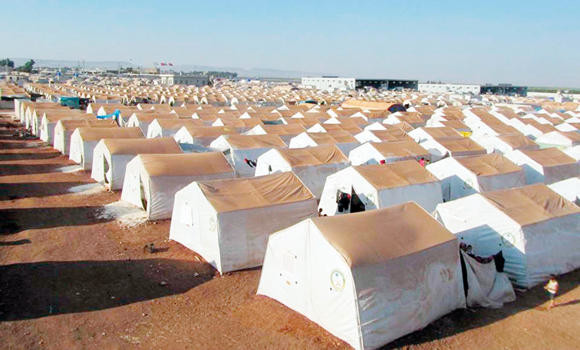
Types of Refugee and Relief Tents: A Lifeline in Crisis
In times of crisis, whether caused by natural disasters, conflicts, or humanitarian emergencies, shelter becomes an immediate and vital need. Refugee tents and relief tents play a crucial role in providing safety, privacy, and protection for displaced populations. These temporary shelters are designed to withstand harsh conditions, adapt to different climates, and meet the diverse needs of affected communities. Here, we’ll explore the different types of relief and refugee tents and their unique features.
1. Family Tents
Family tents are among the most commonly used types of relief tents. Designed to accommodate entire families, these tents are spacious and often come with compartments for added privacy. Made from durable materials like polyester or canvas, they are weather-resistant and provide insulation against extreme temperatures. These tents are typically used in refugee camps where displaced families need a semblance of home during prolonged stays.
2. Emergency Relief Tents
Emergency relief tents are designed for rapid deployment in the immediate aftermath of disasters. Lightweight and easy to set up, they prioritize speed and functionality over long-term durability. These tents are used for various purposes, including temporary shelter, medical facilities, or distribution centers. They are often made with fire-retardant and waterproof materials to ensure safety and reliability.
3. Winterized Tents
For regions that experience harsh winters, winterized refugee tents are essential. These tents are equipped with additional insulation and sturdy frames to withstand snow, wind, and sub-zero temperatures. They often come with built-in flaps or vents to support heating systems. Winterized tents are crucial in places where displaced populations face the dual challenge of homelessness and extreme cold.
4. Multipurpose Tents
Multipurpose relief tents are highly versatile and can be adapted for various uses such as clinics, schools, or community centers. These large, modular tents can accommodate groups of people and are often customizable to fit specific needs. Their robust construction and adaptability make them a vital asset in refugee camps and disaster zones.
5. Inflatable Tents
Inflatable tents are a modern innovation in emergency shelter solutions. They are quick to deploy, requiring minimal manual effort. These tents use air beams instead of metal poles, making them lightweight and easy to transport. Their waterproof and wind-resistant materials ensure durability, making them suitable for emergency medical facilities or command centers.
6. Geodesic Dome Tents
Geodesic dome tents are designed to maximize stability and space. Their dome-shaped structure distributes stress evenly, making them resistant to strong winds and heavy snow. These tents are often used in disaster-prone regions or as semi-permanent shelters. Their unique design also provides better interior space utilization, offering more comfort to occupants.
7. Canvas Relief Tents
Canvas tents are traditional yet effective shelter solutions. Known for their breathability and durability, these tents are suitable for various climates. They are often used in long-term refugee settlements, providing a sturdy and comfortable living space.
Conclusion
Refugee tents and relief tents are more than just temporary shelters; they are lifelines for millions of people facing unimaginable hardships. Each type of tent serves a specific purpose, ensuring that diverse needs are met in different crisis scenarios. As technology and humanitarian efforts advance, these tents continue to evolve, providing better solutions for those in need. Whether it’s a family seeking warmth in a winterized tent or a community gathering in a multipurpose shelter, these structures stand as symbols of resilience and hope.

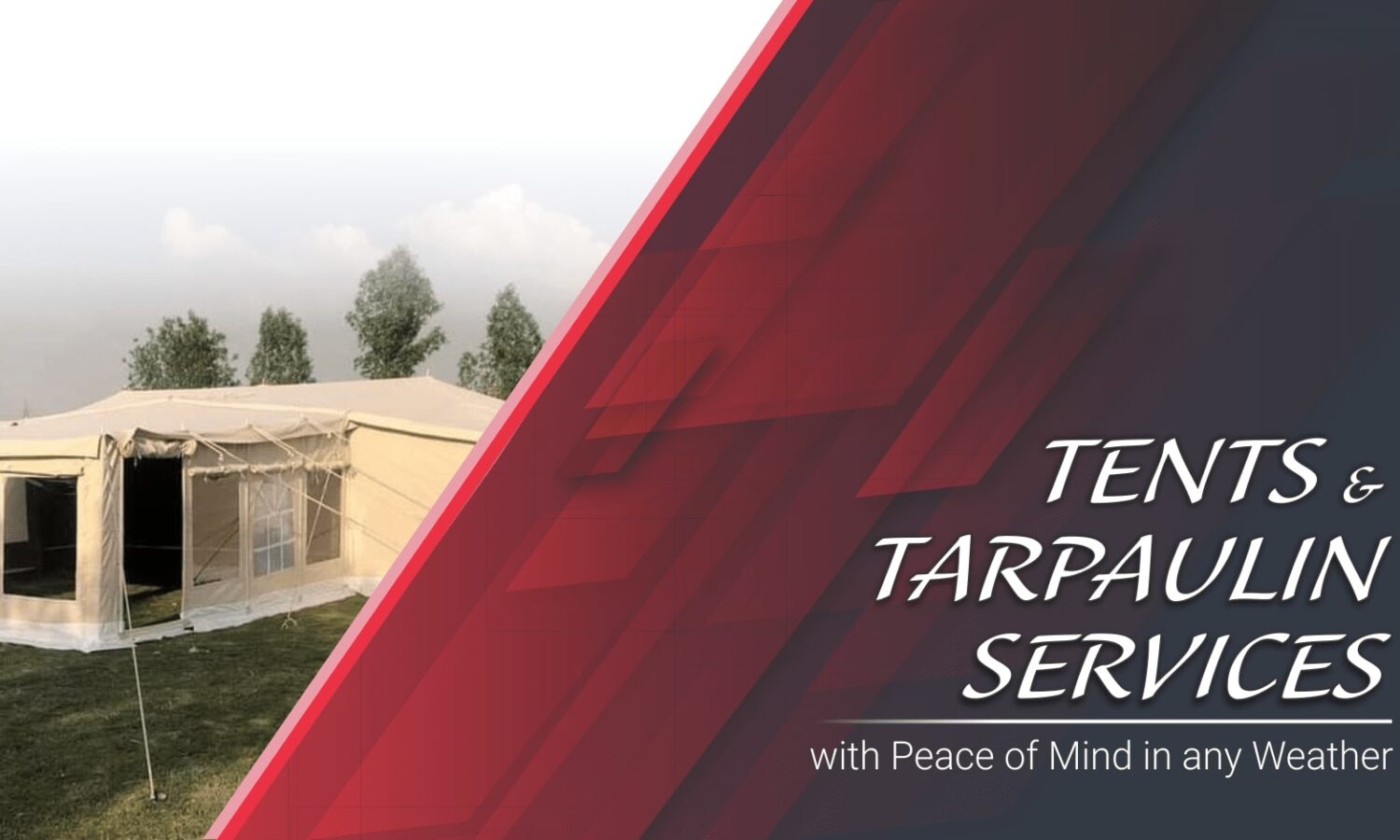
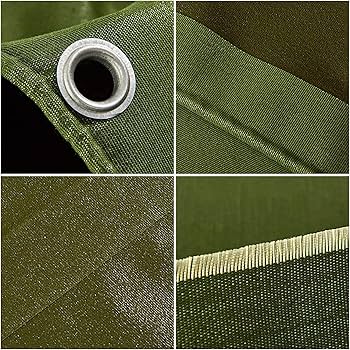
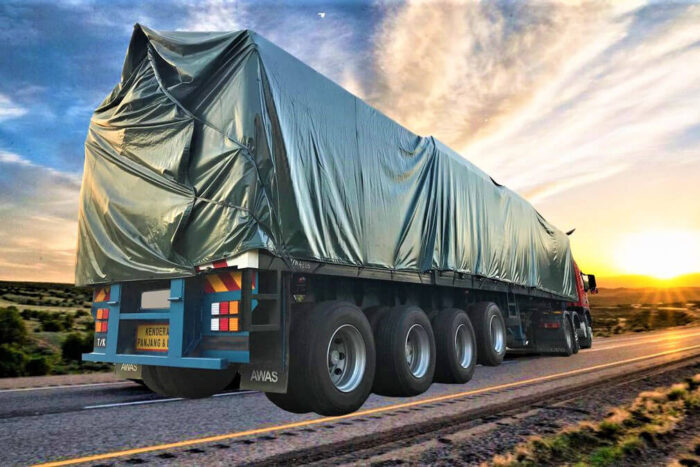
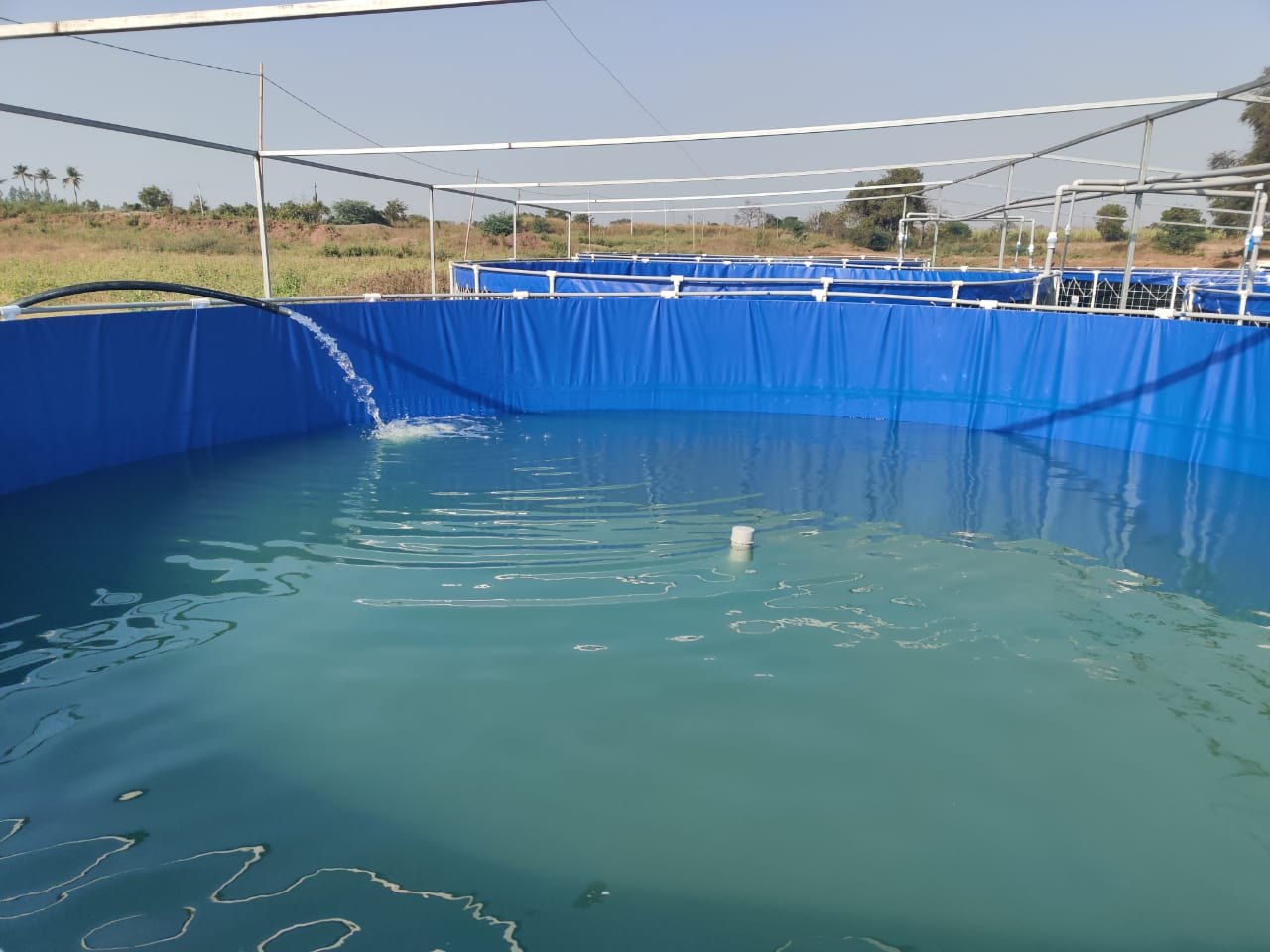
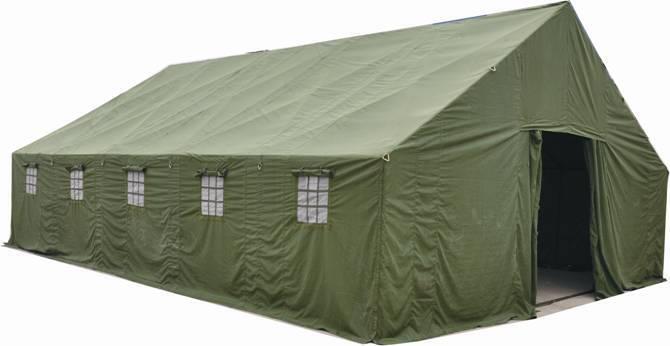
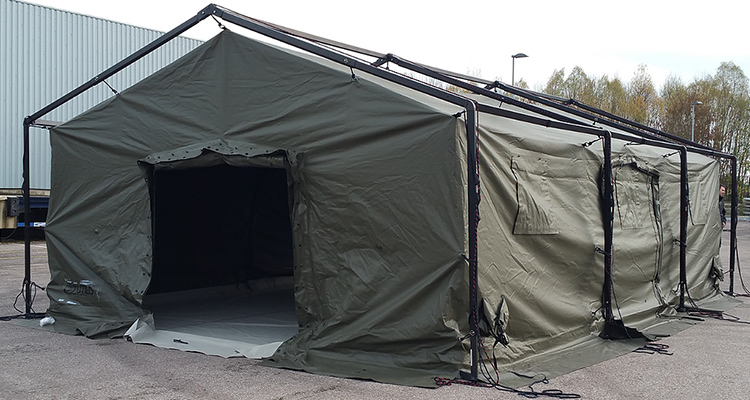
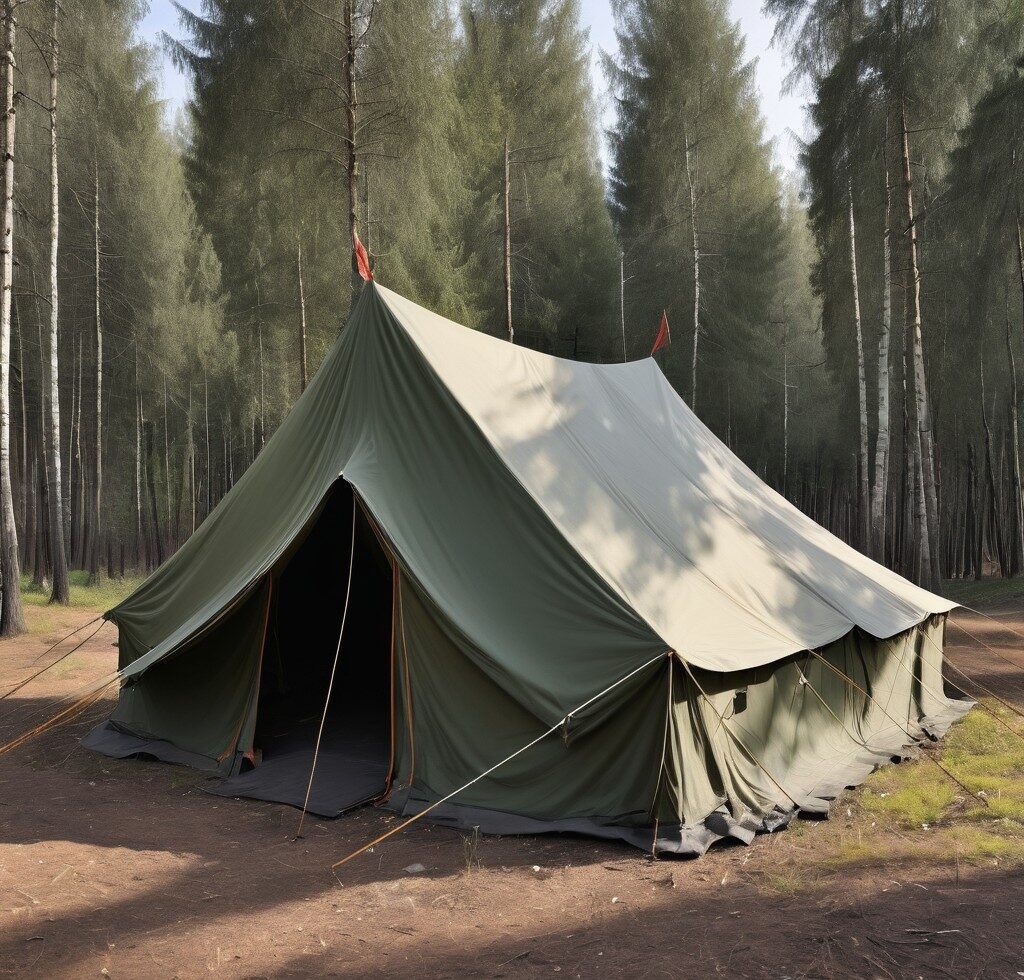
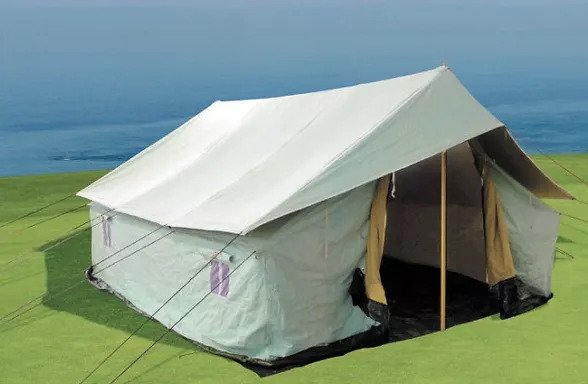
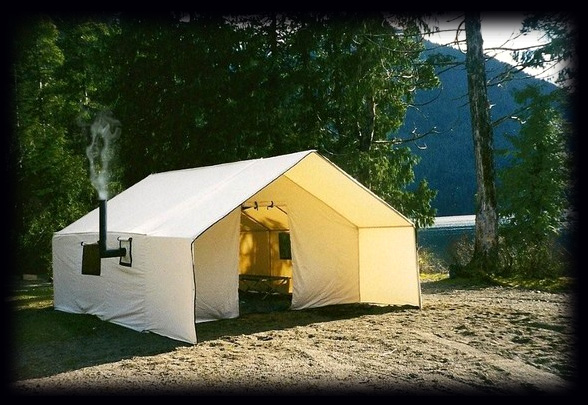
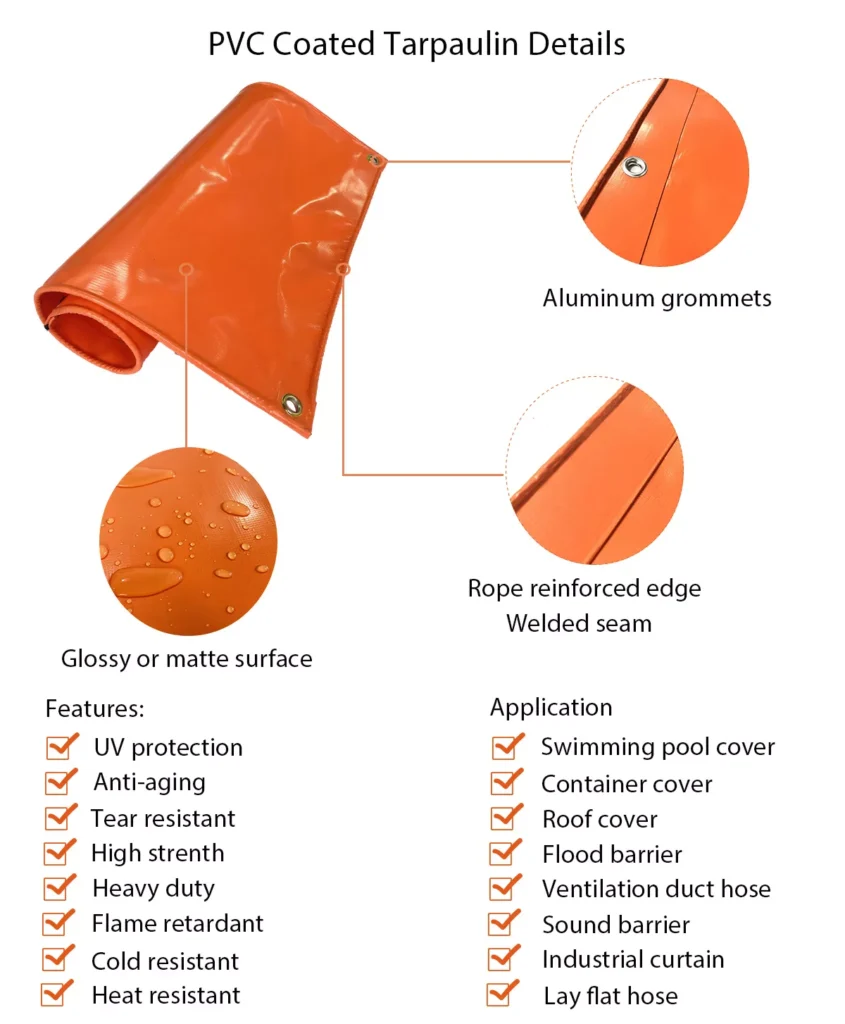

No Comments :